Our Products
Our Target Species
Pelco target a range of small pelagic species that inhabit the local waters of the North Eastern New Zealand. All of these species share common characteristics including their diet (which largely includes plankton, zooplankton and small fishes) and habitat (within the water column, i.e. not near the seabed). Each species is migratory, although some more than others.
Our fish is stored onboard the vessels in brine or refrigerated seawater (seawater that has been chilled) to maximise the taste, freshness and quality.
Jack mackerel
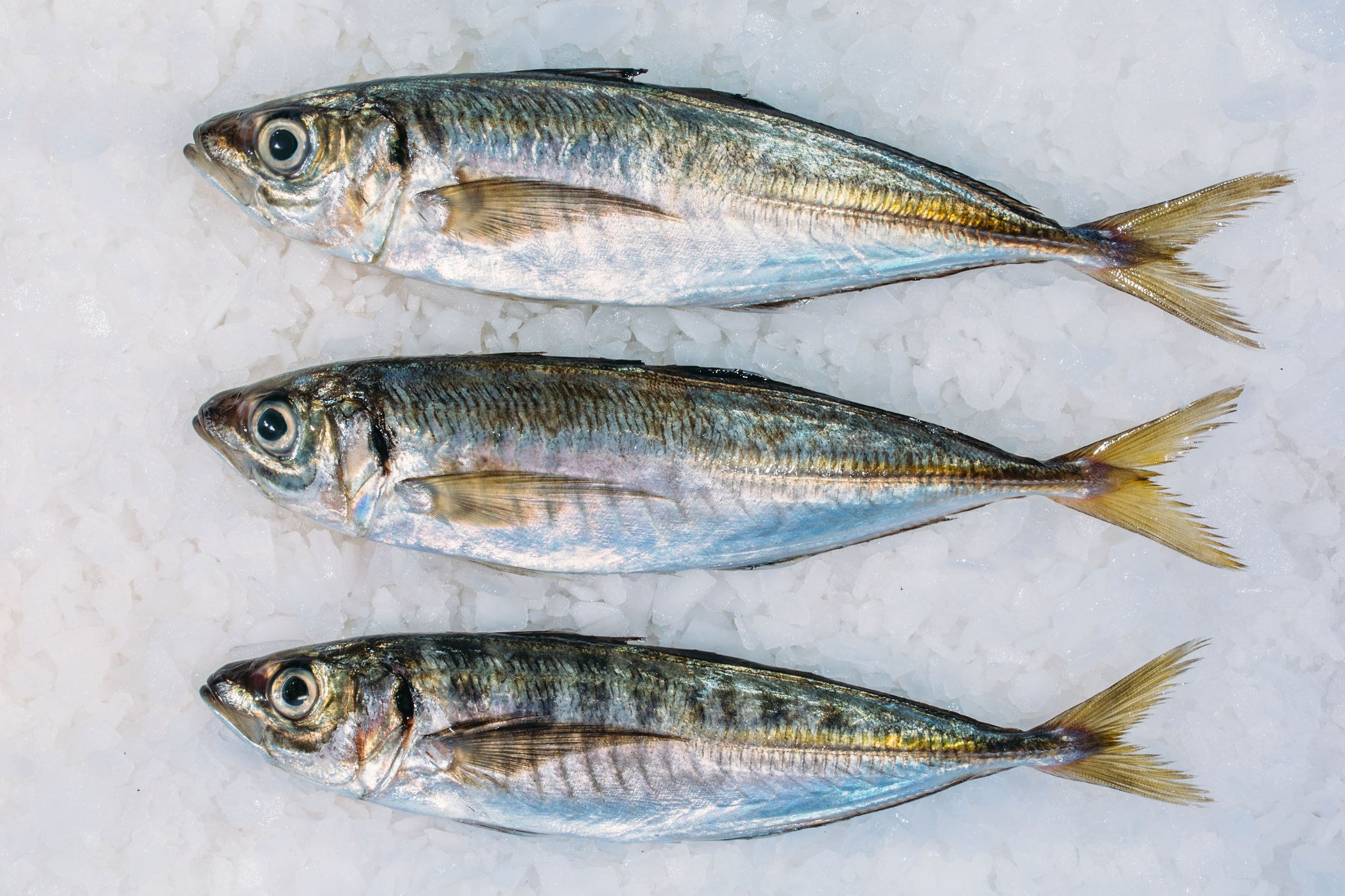
Jack mackerel comprises three similar looking species: the greenback horse mackerel, yellowtail jack mackerel, and Chilean jack mackerel. Management of these three species is combined under New Zealand’s Quota Management System.
Pelco targets each of these species, with the proportion of each species caught varying between seasons and years. While Jack mackerel can be caught year-round, the greatest proportion occurs during the spring, early summer and winter months.
Most of our jack mackerel is caught locally, in the Bay of Plenty, but we also catch off the east Northland and outside the Hauraki Gulf.

More information about Jack mackerel
Blue mackerel (EMA)
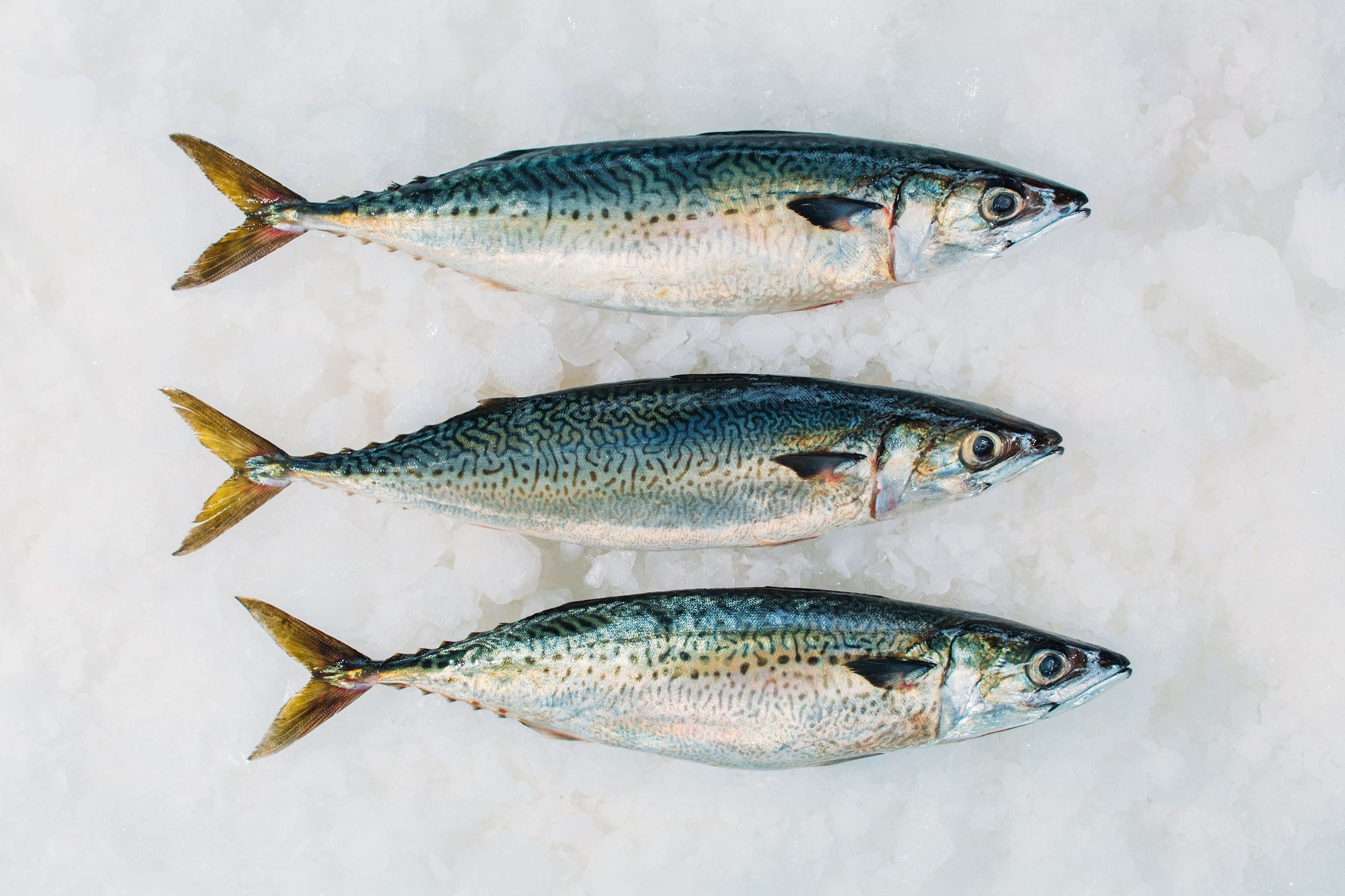
Blue mackerel is one of the smaller species of tuna (Scombridae) that are distributed throughout the tropical and sub-tropical Pacific Ocean.
Most of our blue mackerel are caught from two managed areas of the North Island's east coast. Blue mackerel is caught at a range of sizes, with most blue mackerel caught in the Bay of Plenty and east Northland between July and December.

More information about Blue mackerel (EMA)
Trevally
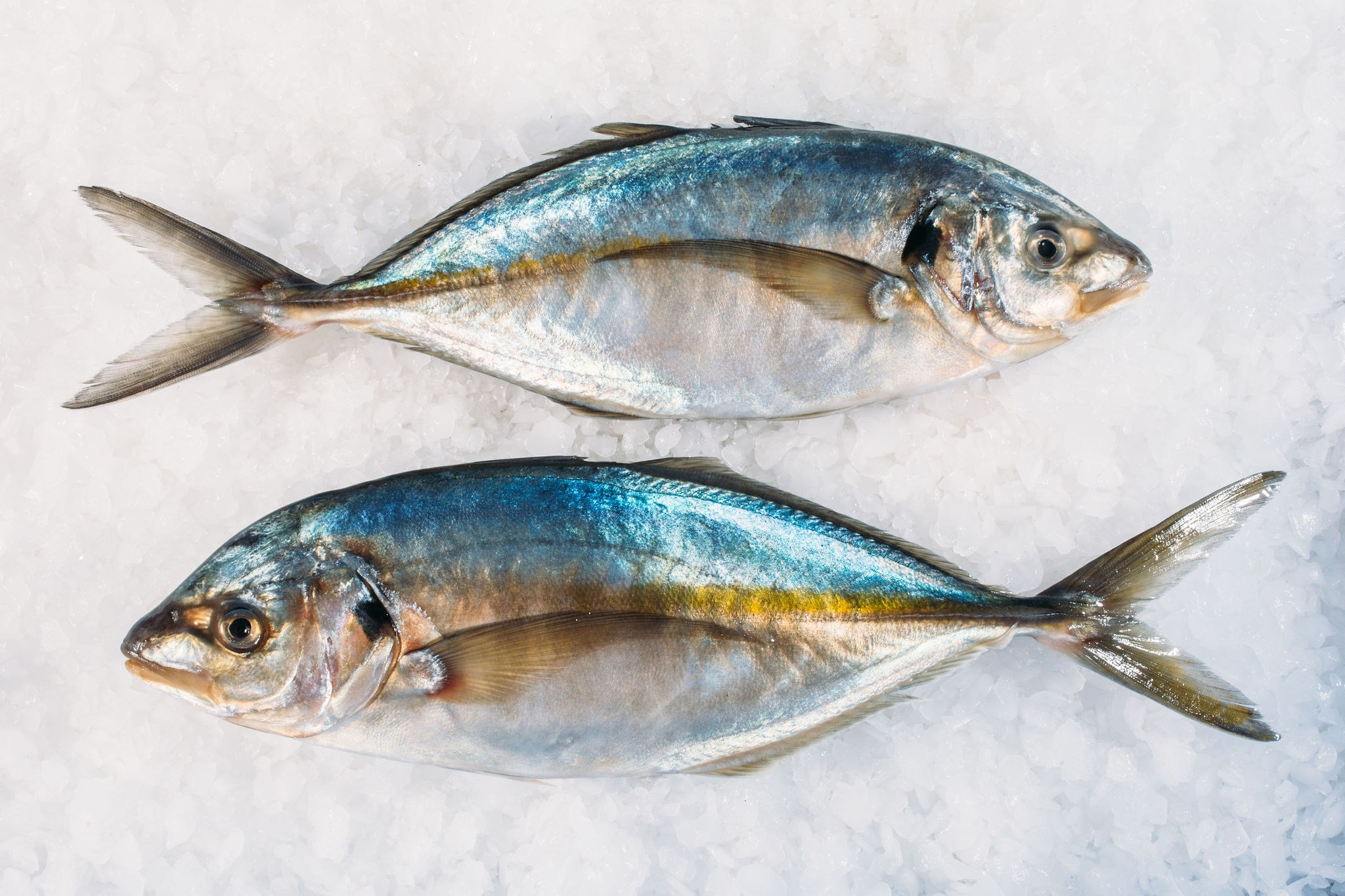
Trevally is a fast swimming species distributed worldwide in tropical and sub-tropical waters. Highly popular as a table fish, they are also a popular recreational species and sportfish.
Our trevally are mainly caught in the nearby Bay of Plenty region, across a range of sizes, and are most often targeted in the summer and autumn period.

More information about Trevally
Kahawai
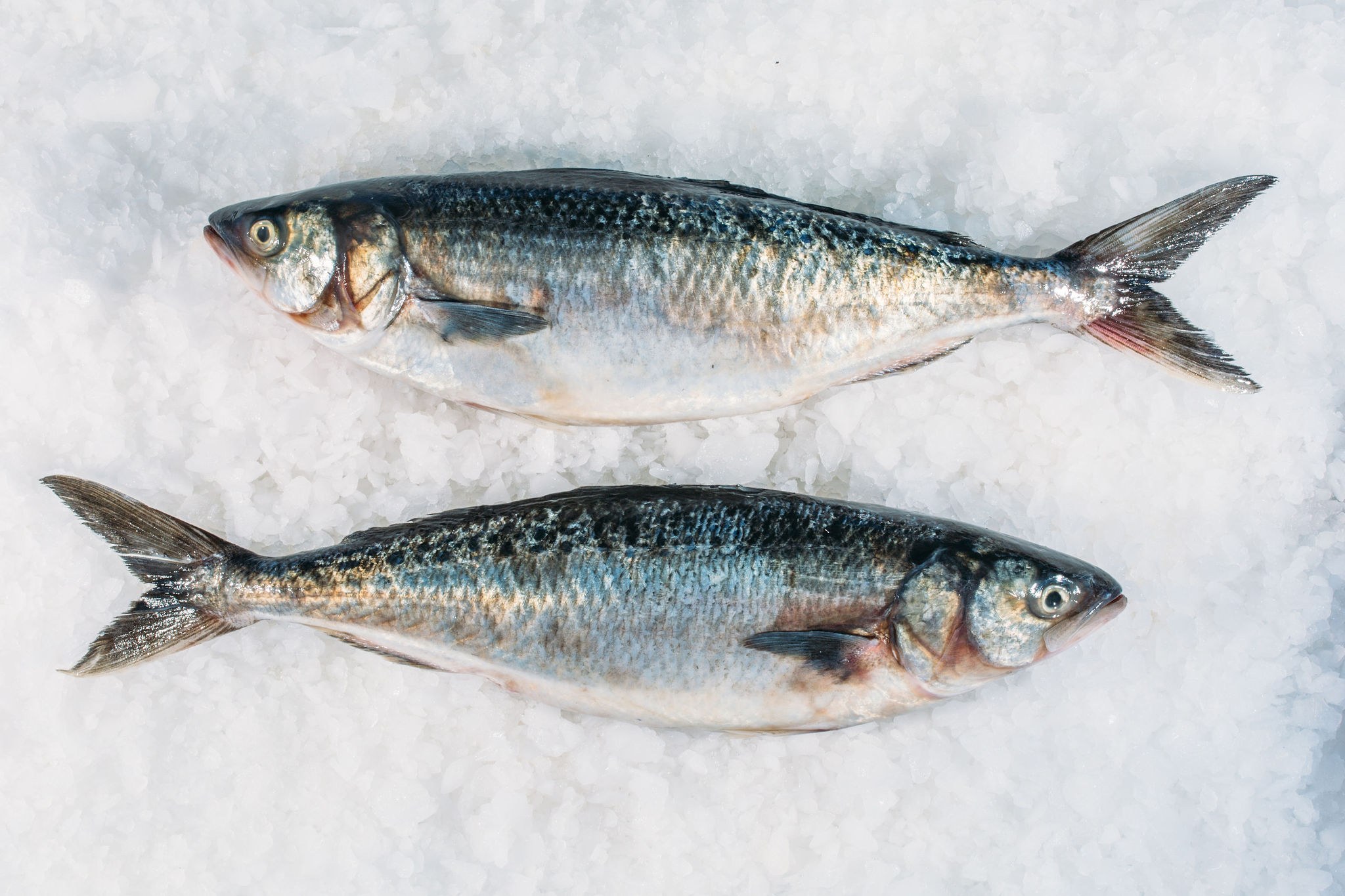
Kahawai is a fast swimming migratory species that is unique to the sub-tropical of Southern Australia and New Zealand. They are one of New Zealand’s most popular recreational fish species/sport fish.
Our Kahawai is mainly caught in the nearby Bay of Plenty region, across a range of sizes, and are most often targeted in the winter period.

More information about Kahawai
Skipjack Tuna
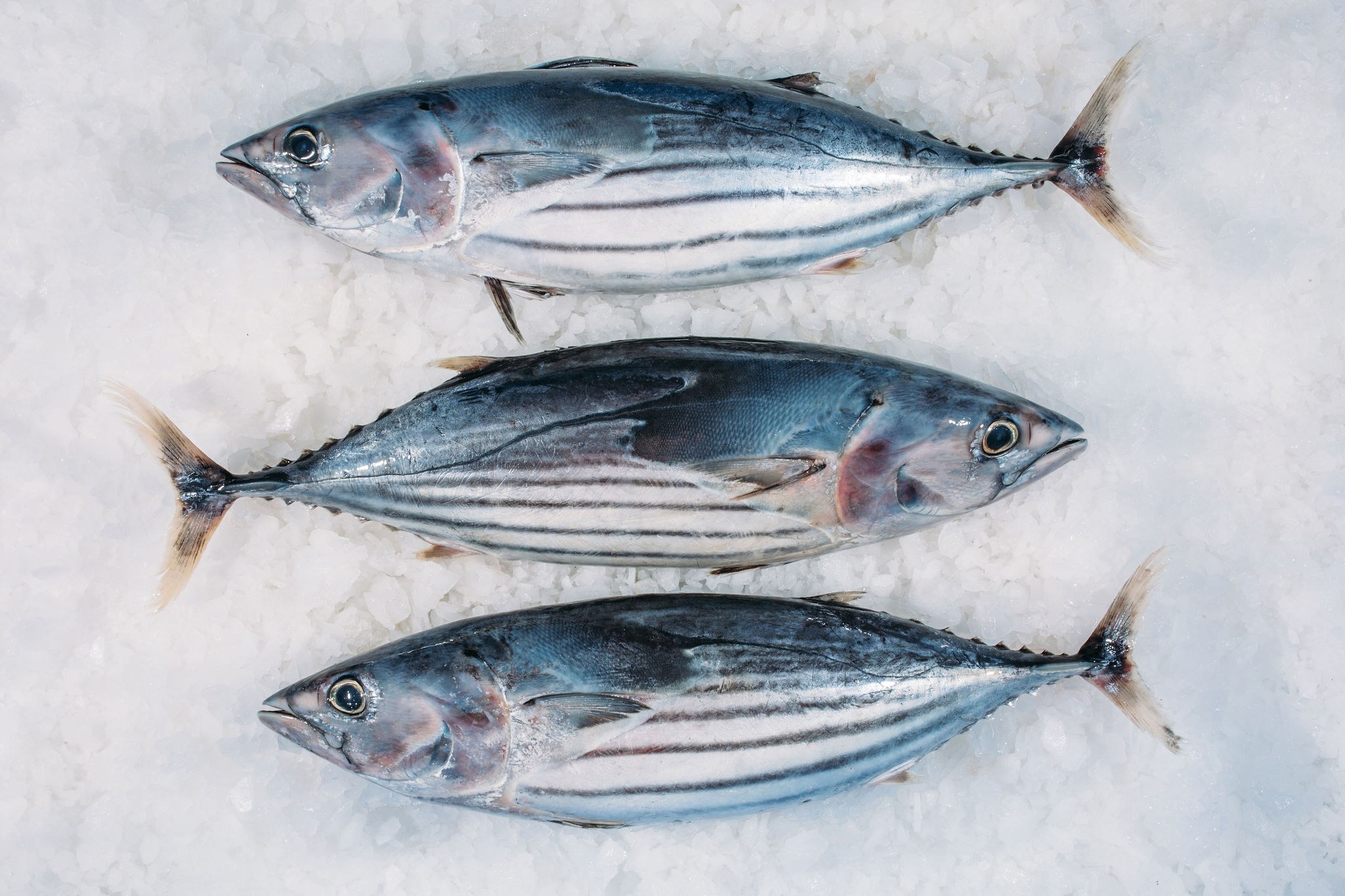
Skipjack are a fast swimming, fast-growing, short lived species, and prolific breeders. They are distributed worldwide throughout tropical and subtropical waters, migrating into New Zealand waters over the summer period.
The fishery has very low levels of bycatch.

